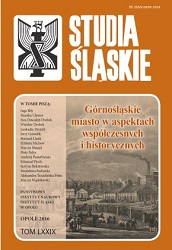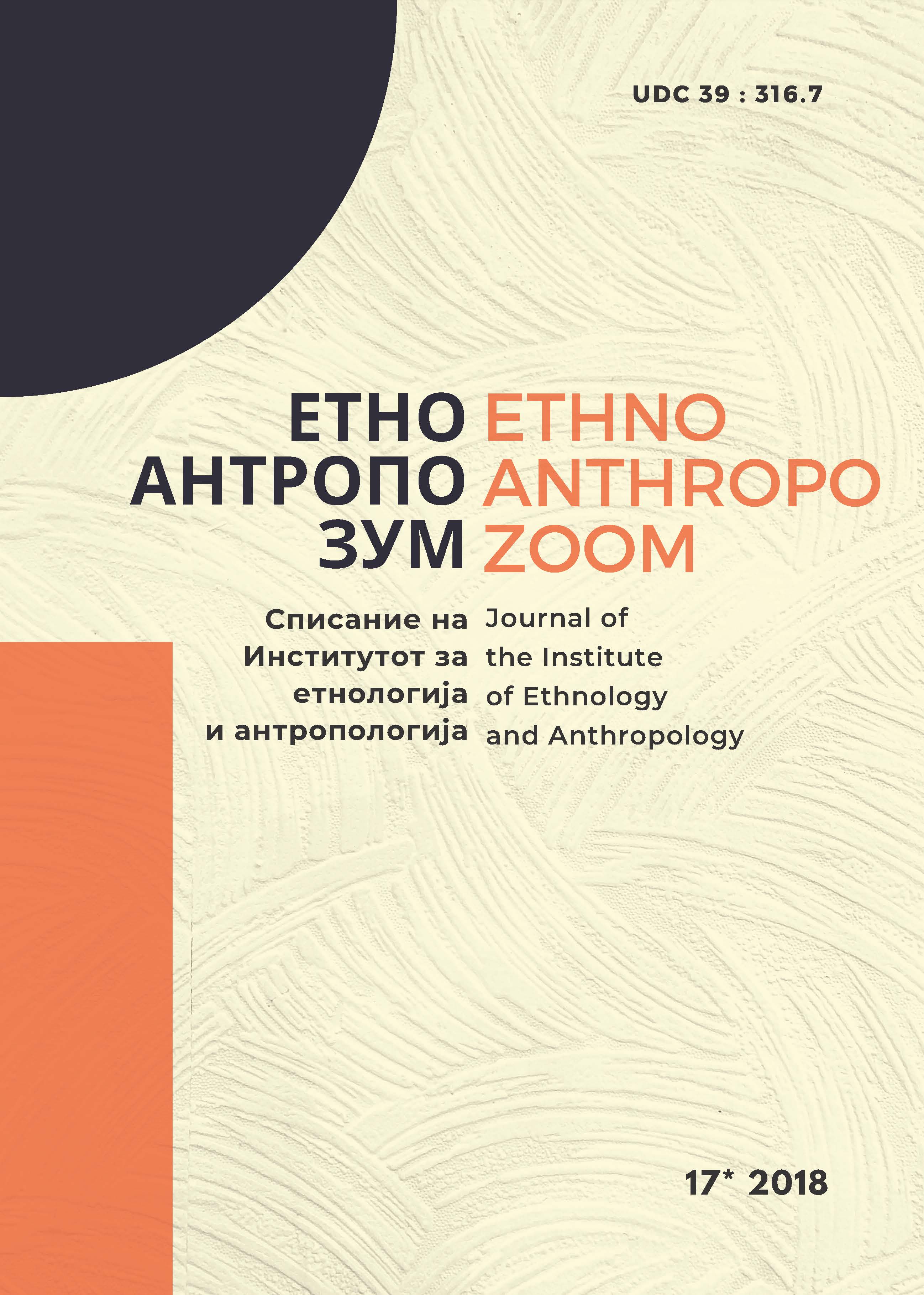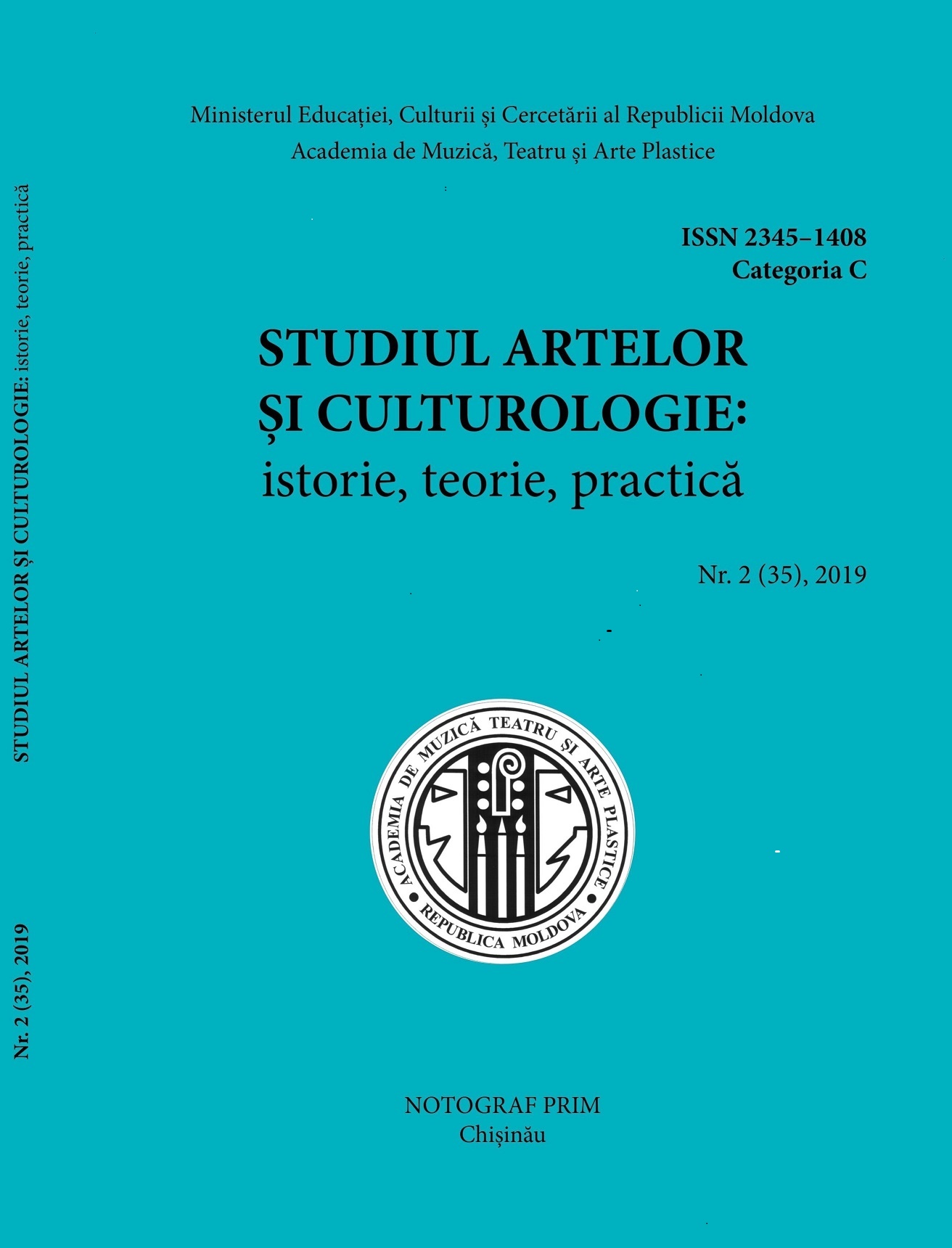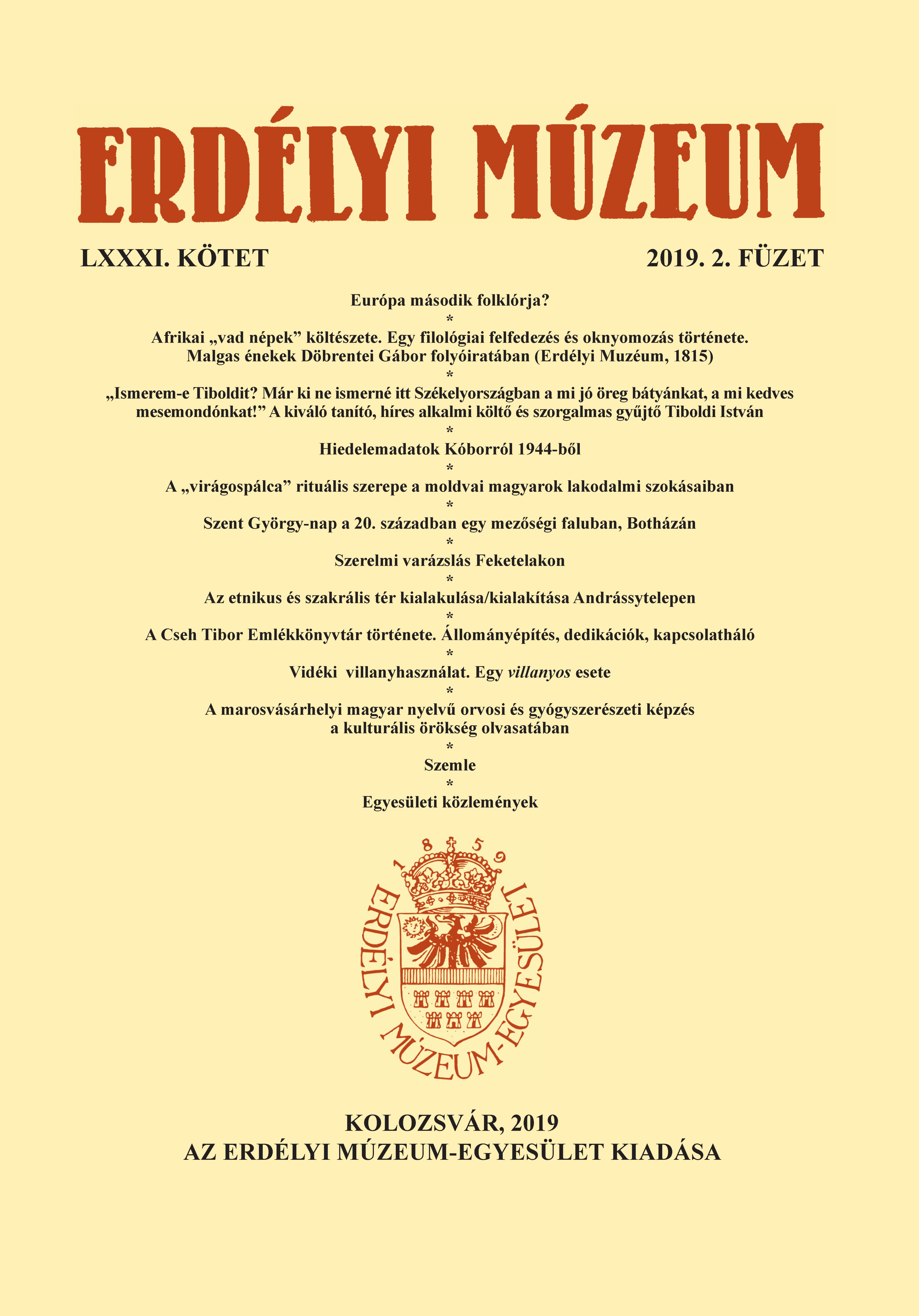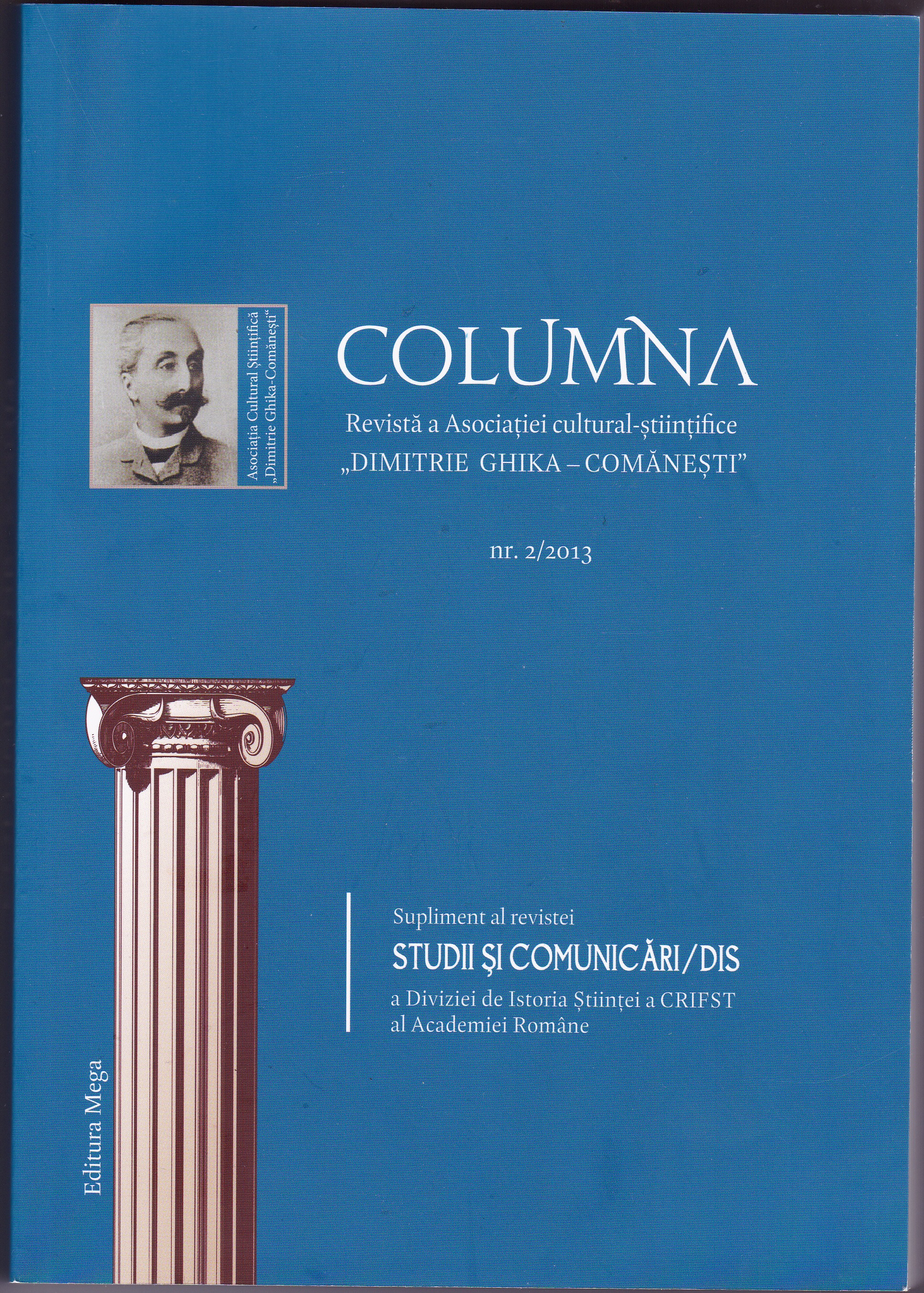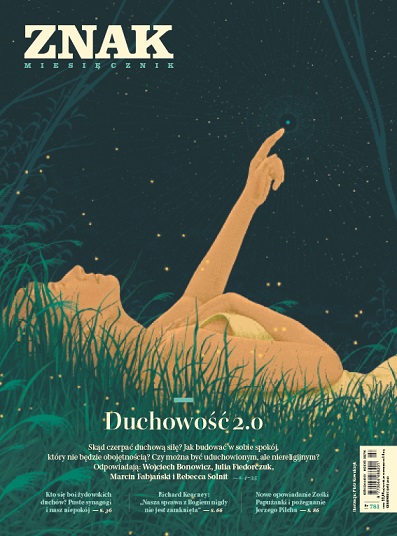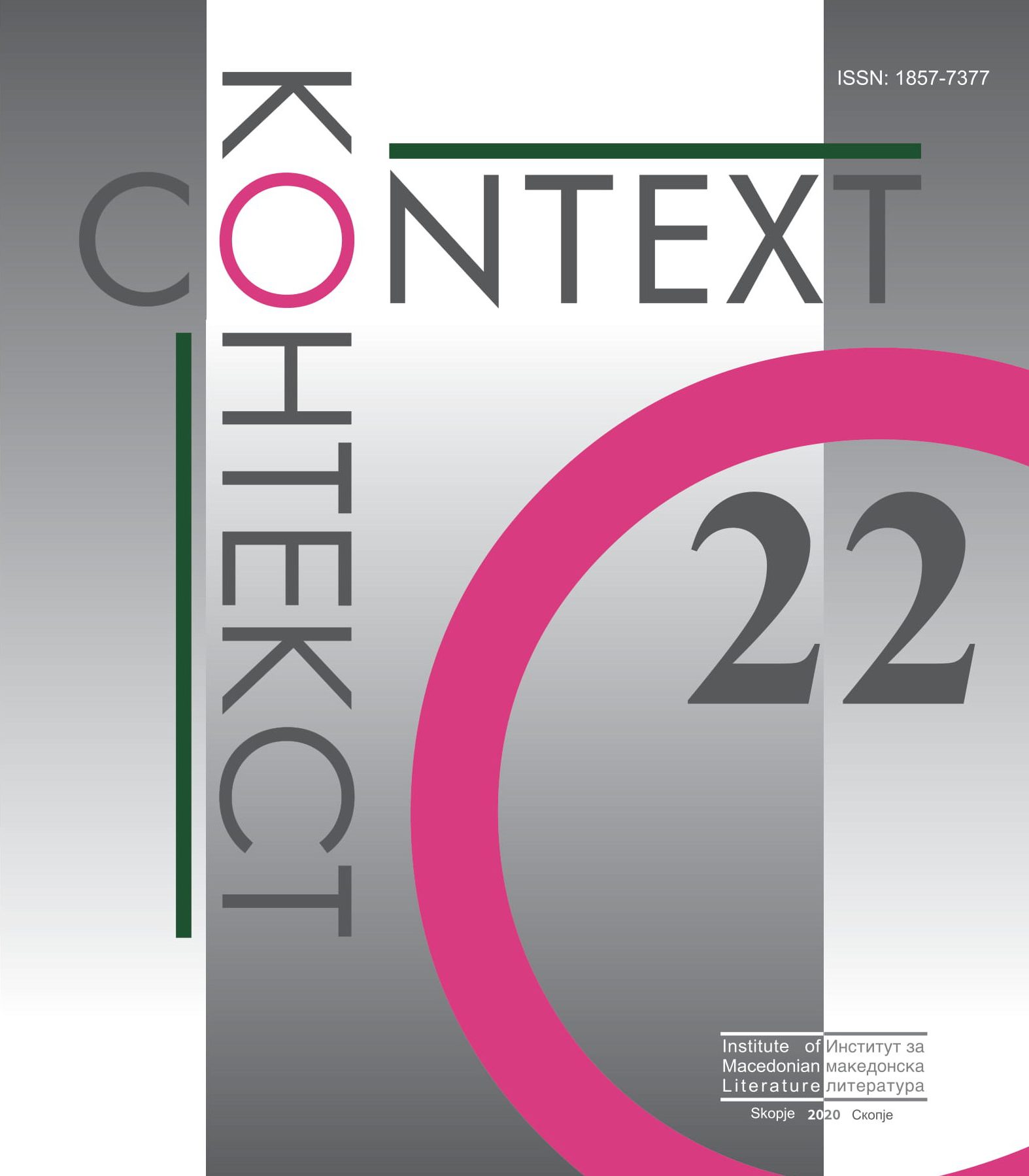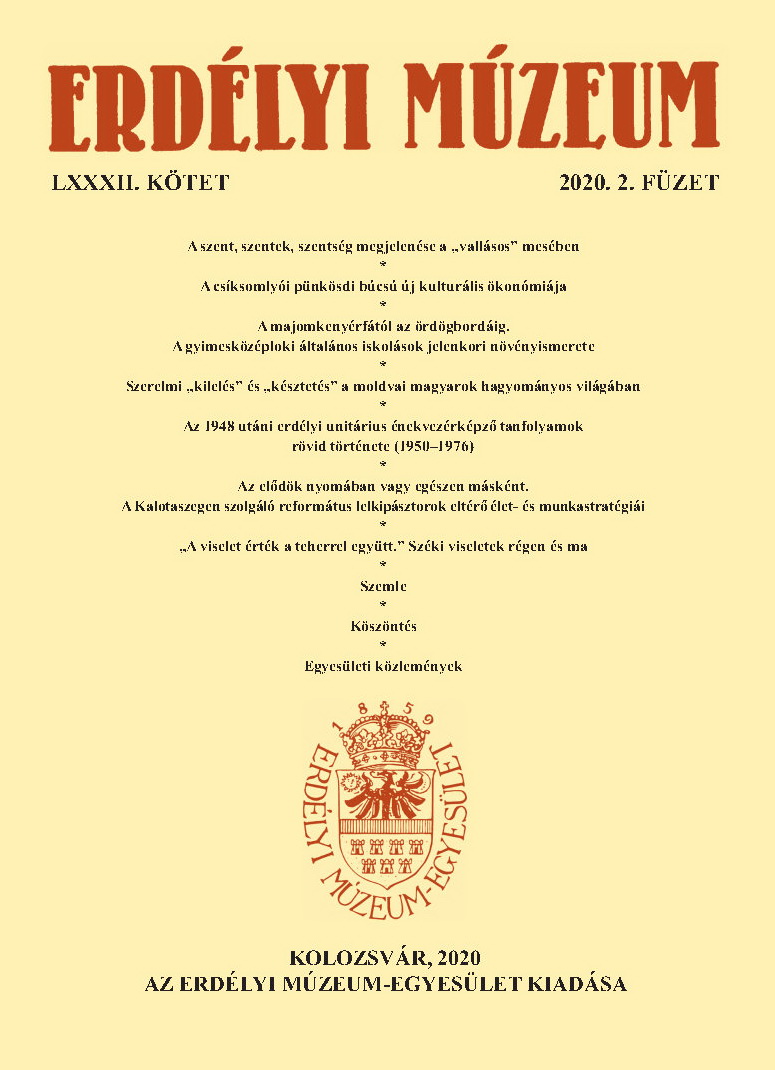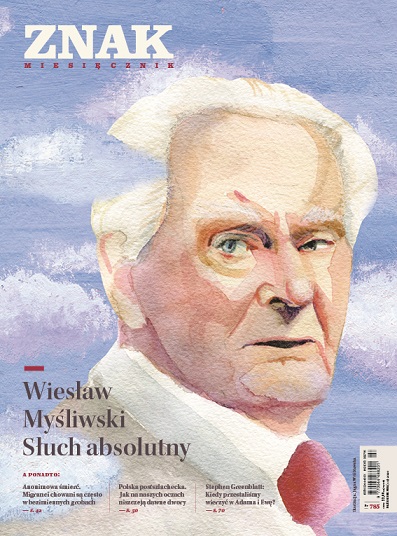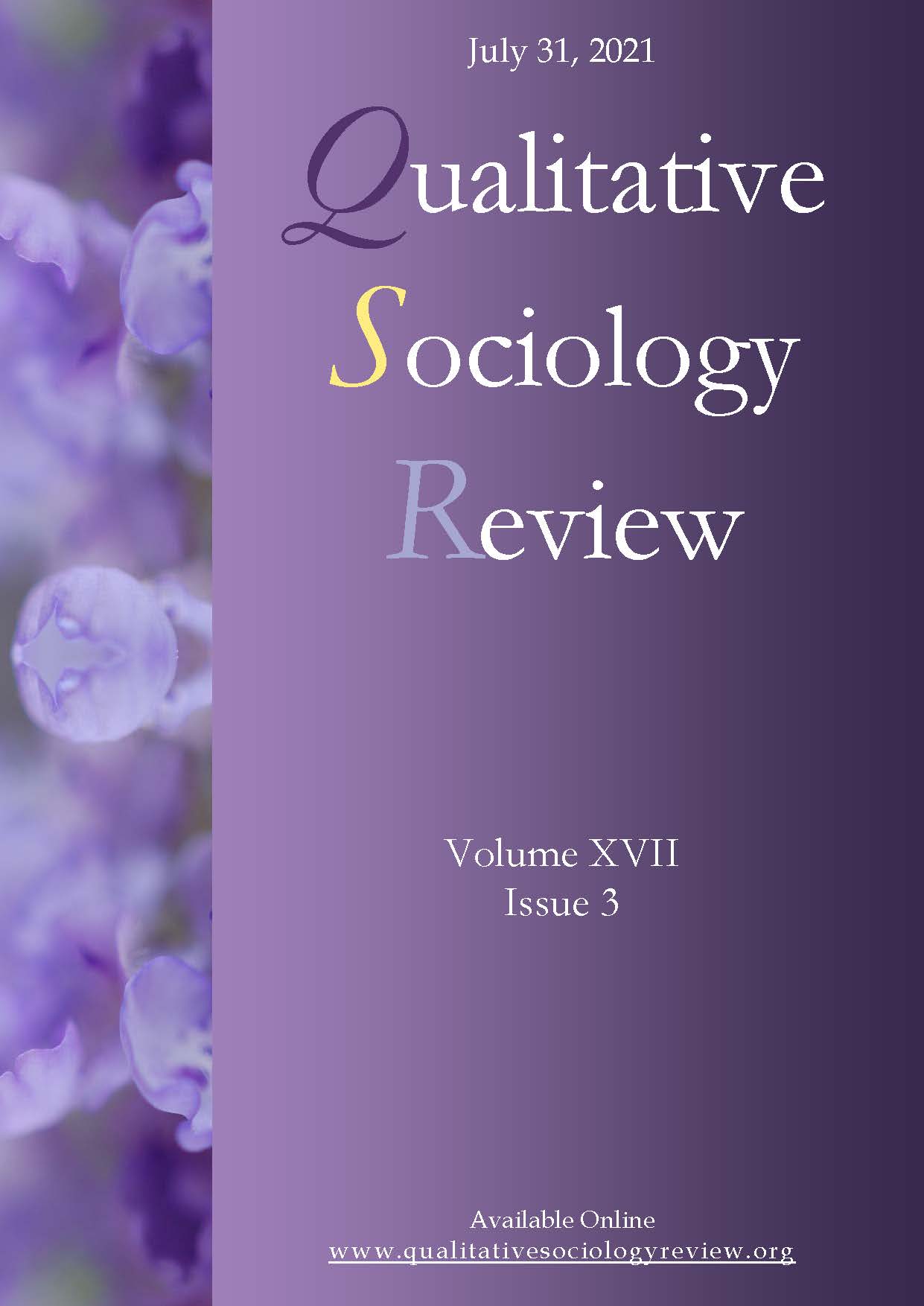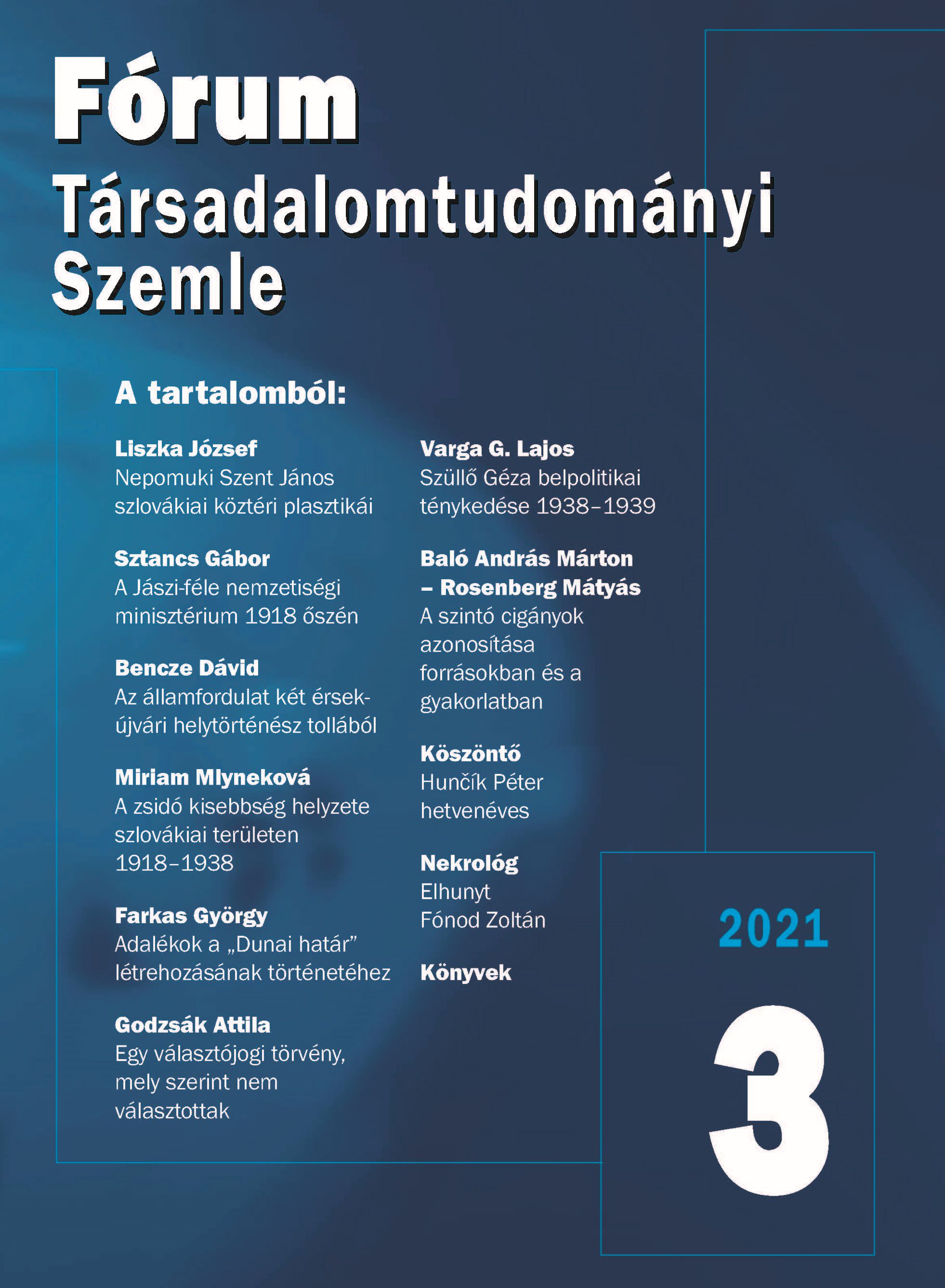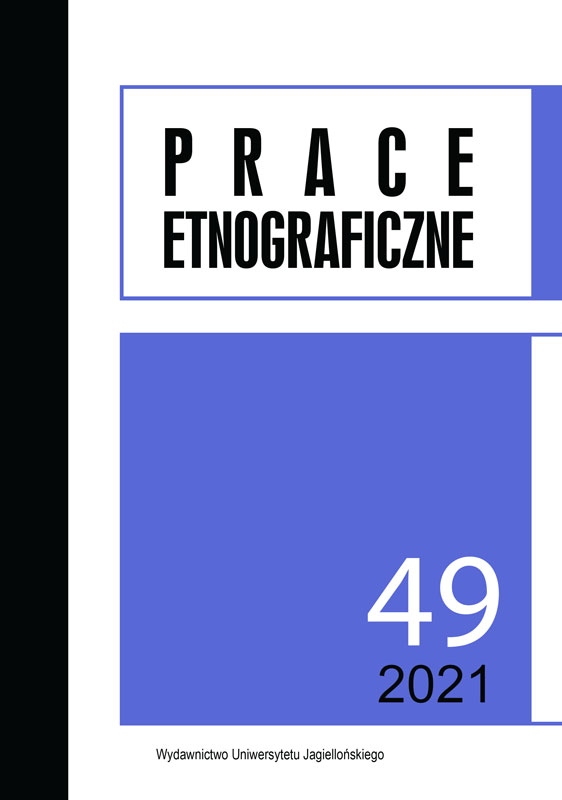Kulturni identitet i globalizacijski procesi u BiH
This paper analyzes identity and globalization processes in Bosnia and Herzegovina. Cultural identity and globalization processes issues have become unavoidable issues in sociological researches in the last three decades. Globalization processes have brought fast changes in all spheres of social life. Their activities are felt both at regional and local level, as well as in our personal lives. Foundations of the adopted models were shuttered what put individuals and communities in front of new challenges. Powers of globalization processes enabled a human to have a feeling “me in the world and the world in me”. Globalization influences on culture and fragmentation of cultural identities. It is considered that globalization processes pervade or touch more or less every part of the world. When theoreticians discuss about globalization they are mostly focused on what are globalization advantages or disadvantages. Beginning of the global era in Bosnia and Herzegovina was marked by the war. Bosnia and Herzegovina hardly copes with consequences of the war, it does not function as a sovereign state, what marginalizes it even more. Theoreticians define it as a weak, destroyed and the most divided European country. It is very interesting in which way Bosnia and Herzegovina is involved in globalization processes? What happens with cultural identities build in the modern period, in the new globalization era? This paper, which is based on the analysis of empirical research conducted in Bosnian-Herzegovinian social and cultural reality at the end of the first decade of 21st century, istrying to give answers to these questions.
More...
